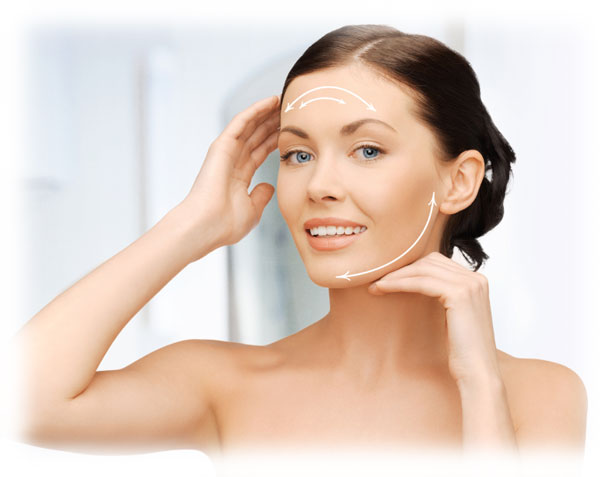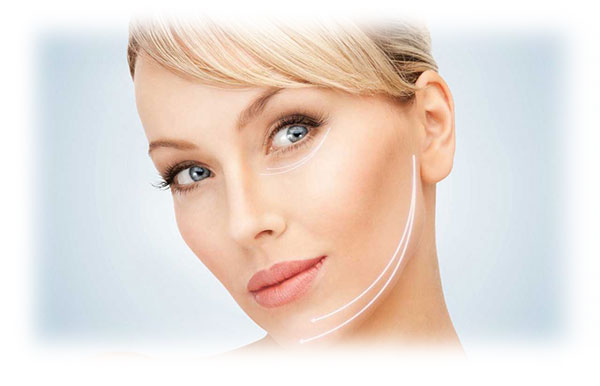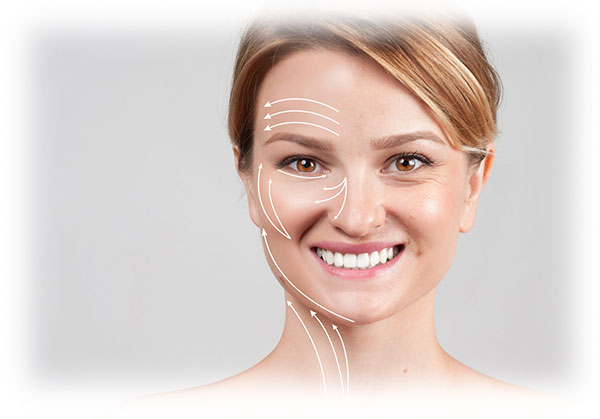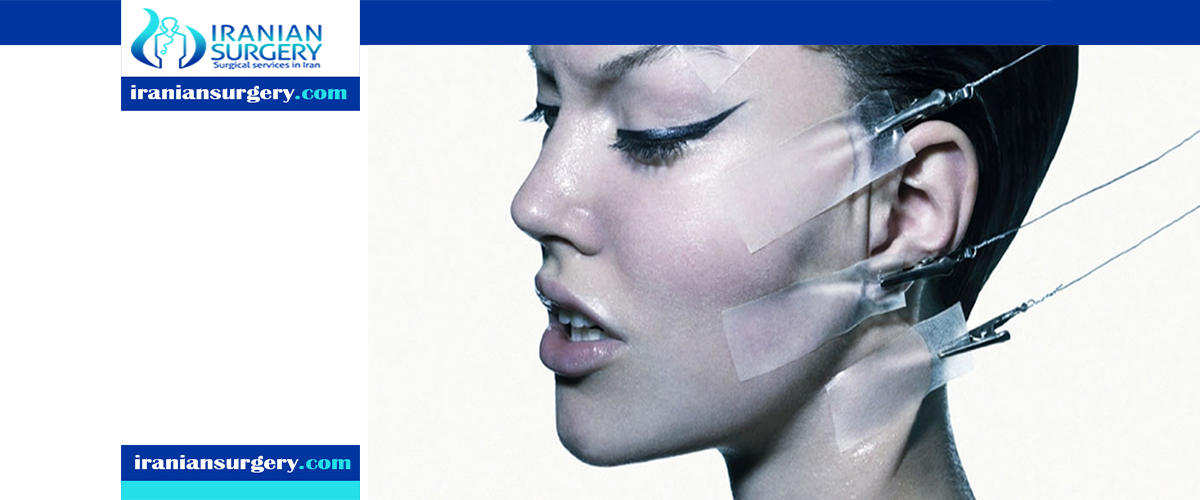Facelift Alternatives
Alternatives to facelift surgeries
Wrinkle and frown line reduction
Which non surgical face lift is the best?
When it comes to reducing the appearance of wrinkles and frown lines, injectable therapies such as Botox and other botulinum toxin injections are the clear winner.
Injectables such as Botox, Dysport, Jeuveau, and Xeomin are derived from botulinum toxins, which are safe in small amounts. These treatments work by temporarily blocking nerve signals and muscle contractions in the areas where they’re injected.

Considered safe and effective, these treatments help improve the appearance of wrinkles and frown lines, especially in areas around the eyes and between the eyebrows. They may also slow down the formation of new wrinkles or crease lines by preventing the contraction of some facial muscles.
Read more about : Mini face_lift
Read more about : Non surgical rhinoplasty
The risks of Botox and similar neuromodulator injections include:
. Redness
. Swelling
. Bruising
. Occasional headaches
. Eyelid drooping
. In rare cases, toxin spread from the injection site
Read more about : Facelift surgery in Iran
Wrinkle reduction and facial volume
Dermal fillers are another option for wrinkle reduction of Spring Street Dermatology. In addition, dermal fillers can also help restore lost volume to certain areas of your face.
Dermal fillers are injectable treatments that consist of gel-like substances, such as hyaluronic acid, poly-L-lactic acid, or calcium hydroxylapatite. Your doctor will inject these substances beneath your skin.
Some popular dermal fillers include:
. Bellafill
. Juvaderm
. Restylane
. Radiesse
. Sculptra
“These are excellent for a ‘liquid lift,’ which can prop up cheekbones, reinflate chins and jawlines, and enhance facial contours to restore a more revitalized face,” Dhingra said.
Dermal fillers last about 6 to 12 months and may require upkeep to maintain the results.
As far as downsides, Dhingra said they carry a small risk of:
- bruising
- swelling
- infection
Dhingra also warned about more serious, though rare, complications like blindness. Because of the possibility of this serious side effect, it’s essential that dermal filler treatments are done by a highly trained board-certified dermatologist or plastic surgeon.
Another rare yet possible complication is tissue death. This happens when the filler gets into a blood vessel and blocks blood flow to your skin, causing skin death. This can be catastrophic if not recognized early, and can lead to wounds on your nose, lips, or cheeks.

Make sure your doctor or plastic surgeon has extensive experience with filler procedures and is prepared with a “disaster kit” to treat and reverse this condition if it’s recognized early enough.
Skin Tightening
As we age, our skin loses its elasticity, resulting in a looser appearance. To help tighten skin and achieve a younger-looking face, experts often use one of the following energy-based skin-tightening treatments.
. UItherapy
One popular noninvasive technique is Ultherapy, which delivers ultrasound heat energy to lift and support deeper layers of skin around your chin and face area.
This procedure is more expensive than some other nonsurgical treatments. Results from Ultherapy last for several months to a year.
Short-term side effects may include:
. Tingling
. Swelling
. Redness
. Tenderness
. On rare occasions, bruising or numbness for a few days
. Microneedling
Microneedling with radiofrequency is another common technique that’s used to help create firmer, smoother skin.
With this procedure, a doctor uses small needles to deliver heat-based energy to the lower layers of your skin. This can help generate new skin tissue and collagen — especially helpful for issues related to sagging skin, scarring, and skin texture.
The cost of microneedling depends on the size of the area that’s worked on and you may need several sessions for best results.
Although it’s considered safe for most people in good health, the procedure may not be safe if you’re pregnant or take certain acne medications.
The most common side effects include minor skin irritation right after the procedure, as well as redness for a few days. Less common side effects include:
. Prolonged healing
. Scarring
. Infections
Read more about : Cheek implants
Skin resurfacing
Chemical peels, microdermabrasion, and laser skin resurfacing can help improve the texture, smoothness, and appearance of your skin.
. Chemical peels
If you want to improve your skin texture or have pigment issues, chemical peels may be a good option.
“There are a great variety of peels on the market, some suitable for all skin types while others — more potent ones — are typically reserved for skin with less pigment to avoid the risk of complications after treatment,” Dhingra said.
The most common side effects, which typically last a few days, include:
. redness
. Mild swelling
. Dryness
. Stinging
Less common but more serious side effects can include:
. Scarring or blistering
. Infections
. Skin discoloration
. Microdermabrasion
Microdermabrasion is often used as a superficial exfoliation to renew overall skin tone and texture. It’s considered a safe treatment for most skin types and colors.
This minimally invasive treatment is done in the doctor’s office and typically takes about an hour, with little to no downtime afterwards.

Microdermabrasion can help improve the appearance of:
. Wrinkles and fine lines
. Sun damage
. Hyperpigmentation or age spots
. Acne scarring
. Enlarged pores
. Stretch marks
Common side effects, which often go away a few hours after the procedure, include:
. Redness
. Mild tenderness
. Slight swelling
. Laser skin resurfacing
Laser skin resurfacing is another nonsurgical treatment. It’s often used for:
. Age-related skin issues
. Sun damage
. Acne scars
. Uneven skin tone
Your doctor will determine the type of laser — ablative or nonablative — depending on your needs. An ablative treatment removes the outer layers of the skin, while nonablative laser treatment stimulates collagen production beneath the skin’s surface without removing the top layer.
It may take several treatment sessions, but results typically last for several years.
Healing typically takes several days, and the most common side effects include:
. Burning
. Bumps
. Rash or redness
. Swelling
Source:
https://www.healthline.com/health/non-surgical-facelift#skin-resurfacing

